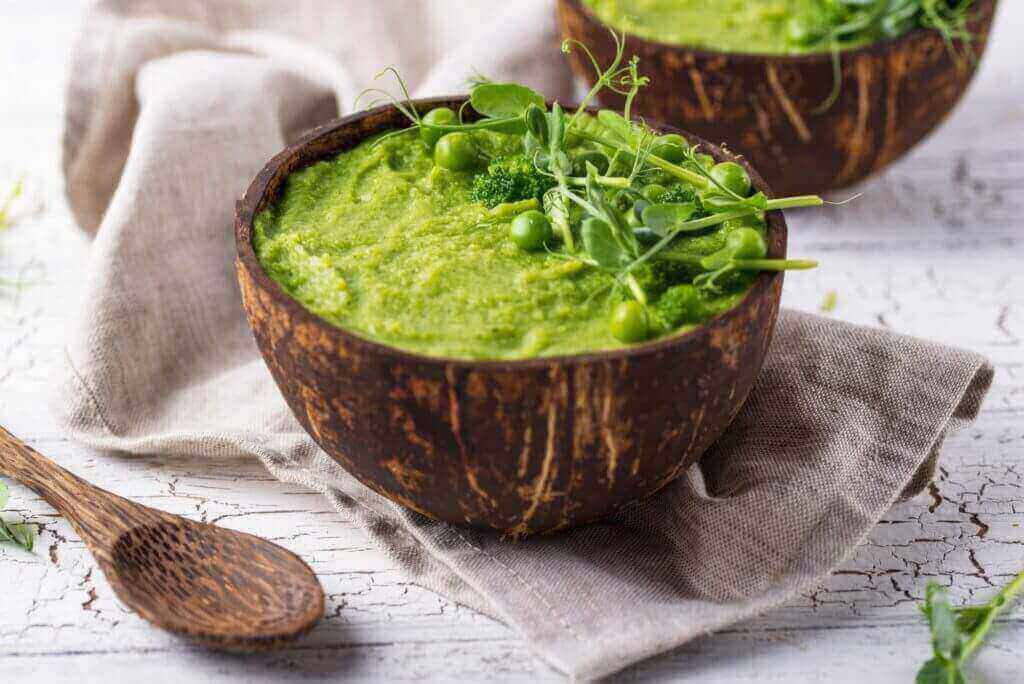👋 Click the mic button to talk to Alfred, the Todd's Seeds Gardening/Sprouting Expert – Feel free to ask him anything!
Ask Virtual Todd Anything - Click the Mic
Microgreens hit the scenes in the 1980s in restaurants, especially in California, and ever since, they have resonated well with people around the globe. The word Microgreen, which is also known as the micro herb, has come a long way, and it has gained popularity for various reasons over the years.
Even though microgreens are smaller in size, they are more nutritious than mature green vegetables, hence many people’s desire to add them to their diet.
Before we get into the details of microgreens, let’s have another look at them: What are they? Microgreens are merely young vegetable greens that look like plant sprouts, usually one to three inches or three to eight centimeters tall. You don’t have to worry about buying microgreens from the market; you can quickly grow the sprouts at home.
All you need is fertile soil for microgreens with a good sprout grower kit, and then you can grow your sprouts. However, you can still grow sprouts at home if you don’t have a grower kit; you can grow sprouts in a jar. As long as you position the sprout container in the sun’s direction, your preferred seeds will germinate well with frequent watering.
Possible Health Benefits of Microgreens
Vegetable consumption is linked to various health advantages and disease remedies. Studies have found that microgreens contain mineral concentrations that are beneficial to the human metabolism. Due to the nutrient concentration in microgreens, people who consume a lot of microgreens tend to live a very healthy life.
Here are the possible health benefits of microgreens:
- Reduced risk of heart disease
Microgreens sprouts contain polyphenols; this is an essential antioxidant that significantly reduces the risk of heart attacks. People who mostly consume microgreens are more unlikely to suffer heart-related diseases.
- Lower risks of Alzheimer’s disease
Foods rich in antioxidants with high amounts of polyphenols have been associated with lowering the risk of Alzheimer’s disease. It is advisable to consume plenty of microgreens to potentially alleviate these types of conditions.
- Reduced risk of diabetes
Various antioxidants are excellent in reducing stress. Many people have reported that stress hinders efficient sugar circulation in the body’s functional cells. Microgreens enhance the cellular body uptake of sugar, which may significantly reduce the risk of diabetes.

Below are some of the best microgreen sprouts that you can set up at home. Many people now grow sprouts for sale and home consumption. If you want to grow microgreens, it is advisable to buy high-quality seeds from trusted dealers, such as Todd’s Seeds. Usually, seed sprouts have a shorter growing cycle of one week while harvesting microgreens is done within 21 days.
Harvesting Microgreens is generally done after germination when the true leaves have appeared. The beauty with microgreens is that they can quickly be grown in various locations; this includes greenhouses, and if you are short of space, on a windowsill.
Microgreens are grown from different seeds; however, the most common types are developed from the following family of plants:
- The Brassicaceae family: This includes cauliflower, cabbages, watercress, radish, broccoli, and arugulas
- The Asteraceae family: This includes endive, chicory radicchios, and lettuces
- The Apiaceaefamily: This includes carrots, fennels, celery, and dills
- The Amaryllidaceaefamily: This includes garlic, onions, and leeks
- The Amaranthaceae family: This includes amaranth, beets, and spinach
- The Cucurbitaceae family: This includes melons, cucumbers, and squash
Some cereals are also grown into microgreens, such as wheat, oats, corn, barley, and rice. Legumes such as beans, lentils, and chickpeas are also in the same category.

Microgreen Dietary Tips
You can use numerous ways to ensure that every meal you take has microgreen sprout proteins; you may incorporate them in dishes such as wraps, salads, and sandwiches.
If you are a juice lover, this is even better; you can blend microgreens into smoothies or juice, such as wheatgrass juice. Blending is a perfect way of incorporating a microgreen into your daily diet. It may be easier for people to eat microgreens frequently in the form of blended juice rather than in dishes; if this is not your preference, you can opt for salads.
Alternatively, you can try using microgreen sprouts as a garnish on soups, curries, pizzas, and other hot dishes. Whichever way you prefer to incorporate the microgreens into your diet, ensure that you make it a habit of consuming microgreens on a daily basis.
Nutrition and Microgreens
Microgreens are packed full of essential nutrients. For instance, they are rich in iron, potassium, copper, magnesium, and zinc. The nutrient content of microgreens is higher in antioxidant levels, minerals, and vitamins compared to the same quantity of mature greens.
Research shows that microgreens have a much higher nutrient level than mature greens, almost nine times higher.
Conclusion
For your metabolic system to function well, it is advisable to consume a good diet. Many studies have found that microgreens are much more nutritious than mature greens and have further health advantages.
Above all, microgreens are very economical to grow, and you don’t have to spend money buying them from the market. You can set up your own microgreens sprouting system at home. If you want to learn more about microgreens, check out our microgreens guide.
You can also watch the video version of this article below.
Subscribe to our channel for more gardening and sprouting videos: Todd’s Seeds Youtube Channel